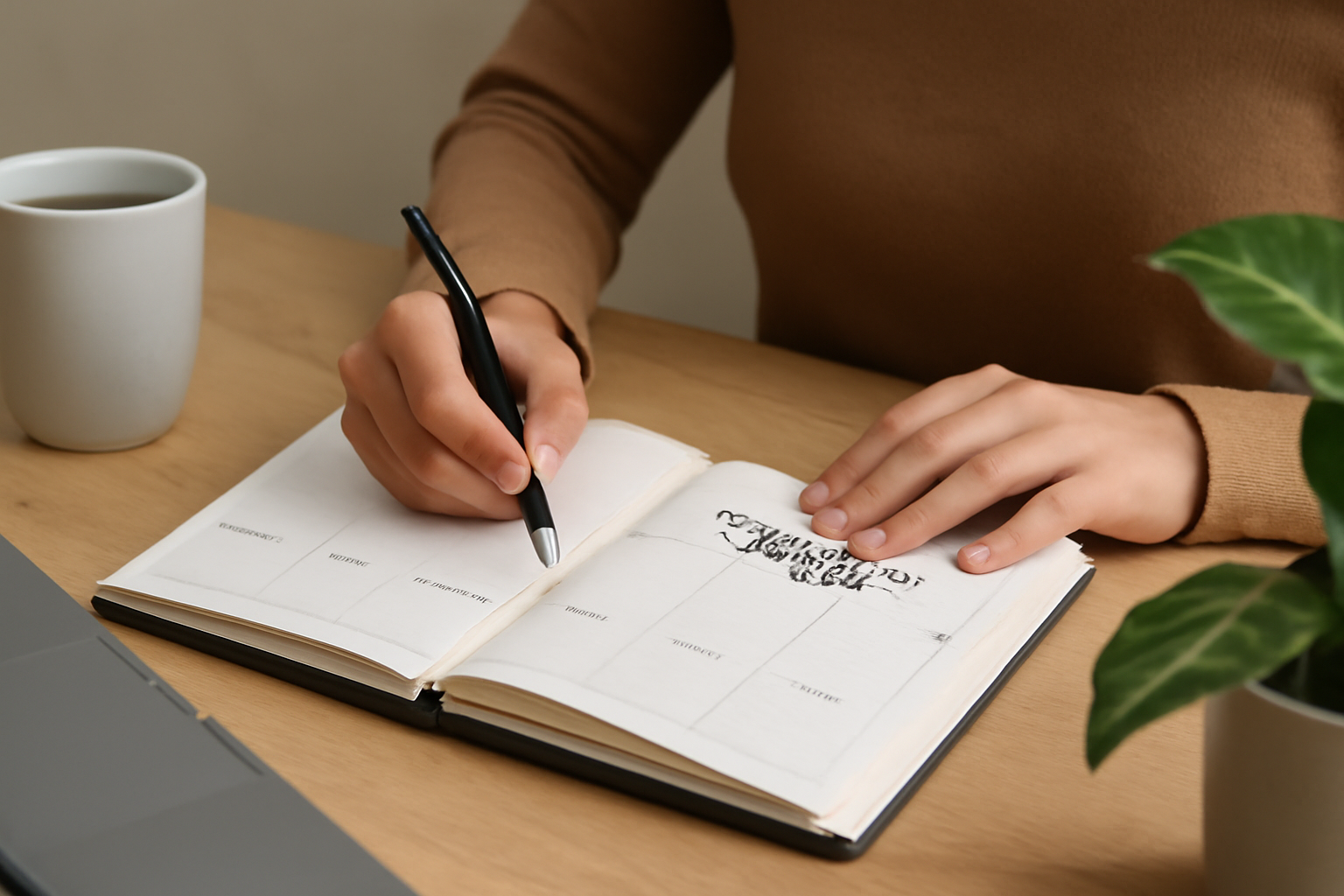Creating an efficient personal planner can drastically improve how you manage your time and tasks. Whether you prefer paper or digital tools, building an efficient personal planner will help you organize your life and increase productivity. Here’s how to start creating an efficient personal planner from scratch.
1. Define Your Goals for Your Personal Planner
The first step to creating an efficient personal planner is setting clear goals. Identify your personal and professional priorities, then organize them into manageable tasks. For example, break down large goals into smaller, actionable steps.
2. Choose the Right Tools for Your Planner
You can choose digital tools like Notion or Google Calendar for flexibility and reminders. Alternatively, if you prefer writing by hand, paper planners provide a personal and tactile experience. Select the tool that best fits your preferences. For more insights, check out this Time Management Tips article.
3. Design Your Personal Planner Layout
The layout of your planner is crucial for efficiency. Include sections for daily tasks, weekly goals, and monthly overviews. Make sure your planner layout is intuitive and user-friendly. This helps prevent clutter and ensures you’re always on track with your tasks.
4. Set Realistic Deadlines and Time Blocks
Time blocking and setting deadlines for each task are essential parts of an efficient personal planner. Allocate time for each task, and use your planner to schedule your workday. This prevents procrastination and helps you stay focused. For example, you could allocate 30 minutes each day for emails or project work.
5. Review and Adjust Your Planner Regularly
Your planner should evolve with your needs. Make it a habit to review your planner at the end of each week. Adjust the layout or scheduling system if certain tasks aren’t being completed. An efficient personal planner is a flexible tool that grows with you.
Final Thoughts on How to Create an Efficient Personal Planner
By following these simple steps, you can build a personal planner that works for you. Start by defining your goals and selecting the right tools, then design your layout, set deadlines, and review your progress regularly. Remember, consistency is key to maintaining an efficient system!

